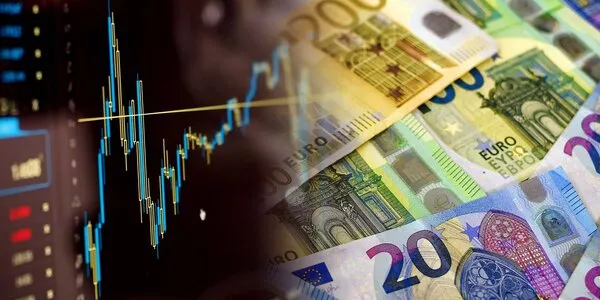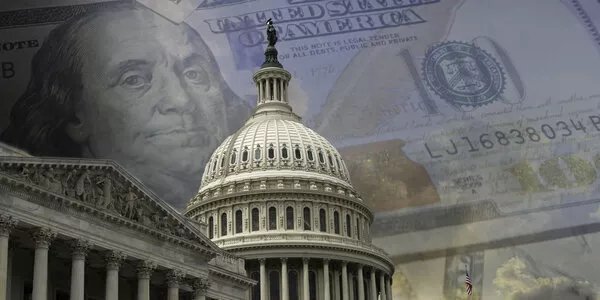
Weekly Update - China: Still a complicated outlook
The 20th Congress of the Communist Party of China has reappointed Xi-Jinping as the party's general secretary for the third consecutive time. In addition, the other six Politburo members confirmed at the Congress are considered to be close to Xi-Jinping, giving him full power. In the concluding report of the Congress, while economic development is still mentioned as one of the party's priorities, the theme of national security has become the main one. In this sense, the economic priority would be to secure the production, energy and food chains and to continue towards technological independence.
Overall, Xi-Jinping's third term in office is taking place in a more complicated economic environment than previous terms. Indeed, in the first instance, economic growth is expected to remain sluggish in the coming quarters amid continued health restrictions and the woes of the real estate sector. In his speech to Congress, Xi-Jinping described the Zero-Covid policy as an important success for China. Given the rhetoric of the authorities and the still low vaccination rate for senior citizens, the lifting of health restrictions is expected to be only gradual and will take place in the first half of 2023. In the real estate sector, although it is likely that the government will implement a support plan via public banks, real estate investment is likely to remain sluggish given the structural challenges in the sector and the authorities' desire to limit the economy's overall indebtedness. Finally, the trade dispute with the US is also expected to weigh on investment in China. Beyond these factors, Chinese growth is on a downward trend (see graph 1) given the ageing of the population, the clear slowdown in the process of globalization and the authorities' desire to increase the share of consumption in gross domestic product at the expense of investment.
Despite its difficulties, the Chinese economy still has significant strengths. Indeed, unlike the world's major economies, China still has a low level of inflation due to weak demand but also thanks to less pressure on food and energy prices and a more resilient overall supply. On the other hand, China's external accounts remain very strong (see chart 2), with the current account surplus widening to 2.3% of GDP in the third quarter, reflecting strong export growth. Thus, China remains little dependent on external financing, which is an asset in the context of the US Federal Reserve's restrictive monetary policy, allowing it to implement a real estate debt restructuring plan without too many external constraints.
Finally, in the main events of the week, we chose to talk about the european monetary policy and about the new high technologies sector in the United States.





